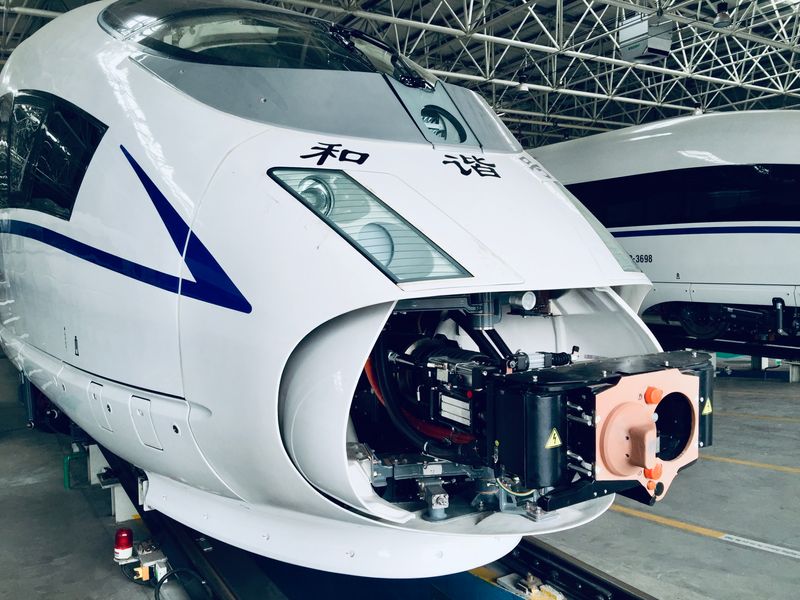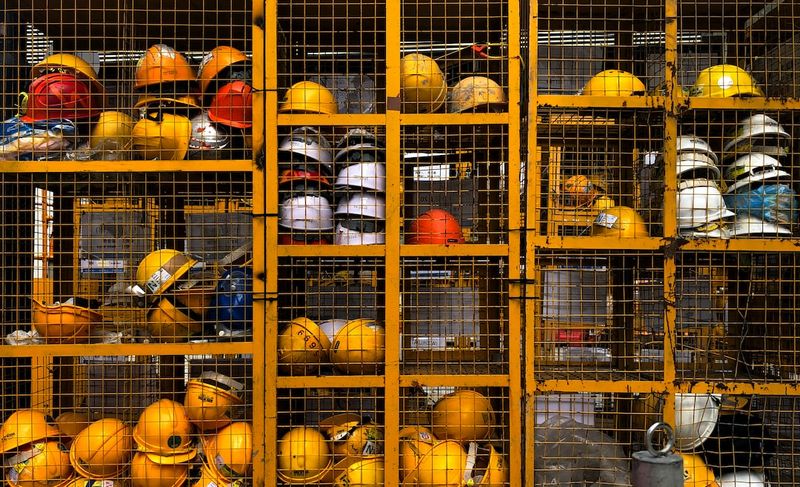India‘s Deadliest Train Accident Raises Safety Concerns
India witnessed one of its worst train disasters in recent decades on June 2, 2023, when three passenger trains collided in the eastern state of Odisha, killing almost 300 people and injuring over 850. The accident took place when a passenger train derailed and hit a stationary goods train, causing significant damage to the train compartments and leaving people trapped in the overturned and crushed coaches. While the railway authorities and local authorities are engaged in a massive search and rescue operation, the incident raises serious concerns about the safety standards and protocols for India‘s trains network.
Inadequate Safety Standards Afflicting India‘s Railway Network
The Indian railway network is among the largest in the world, transporting over 23 million passengers every day. However, this network is also among the oldest, with much of the railway infrastructure dating back to the colonial period. The railway authorities have invested in upgrading and modernizing the network, but a significant part of the system remains obsolete and outdated. The collision of three trains in Odisha highlights the inadequacies in the network’s safety standards, which have not kept pace with the modernization of the railway system.
The Indian government has announced a compensation of about $12,200 for the families of the dead, $2,440 for the severely injured, and $610 for those with minor injuries. However, monetary compensation alone cannot alleviate the grief and suffering of the families of the deceased, nor can it address the systemic issues that plague the railway network.
Reforming India‘s Railway Safety Standards
The Indian government must take swift and decisive action to reform the country’s railway safety standards. The government should initiate a comprehensive safety audit of the entire railway network to identify potential risks and vulnerabilities that threaten the safety of the passengers and train operators. The audit should cover all aspects of the railway system, including equipment, infrastructure, and personnel.
The Indian railways should also ensure that all trains have safety features such as automatic brakes and collision warning systems, which can help prevent accidents and reduce the severity of any mishap. The railway authorities should also conduct regular safety drills, simulate emergency situations, and train personnel to handle various disaster scenarios.
Conclusion: Ensuring Safety of Passengers Must Be the Top Priority
The safety of India‘s train passengers should be the top priority for the government and the railway authorities. It is the responsibility of the authorities to ensure that passengers can travel safely and securely on India‘s railway network. The government must take steps to modernize and upgrade the railway infrastructure, investing in the latest safety technology and equipment. It must also provide adequate training and resources to the railway personnel to handle emergencies and ensure the smooth functioning of the trains. Ultimately, the aim must be to prevent such tragedies from happening again in the future and make India‘s railway network truly safe and reliable.

<< photo by jin zheng >>
You might want to read !
- The state of India’s railway system: Examining safety concerns following train accidents
- The Significance of Millie Bobby Brown and Jake Bongiovi’s Engagement Party in Celebrity Culture
- The Human Cost of India’s Dangerous Rail System
- “Desperate Search for Survivors: Rescue Teams Race Against Time”
- Analysis of the Latest Debt Ceiling Agreement and Supreme Court Developments in the Morning Rundown




